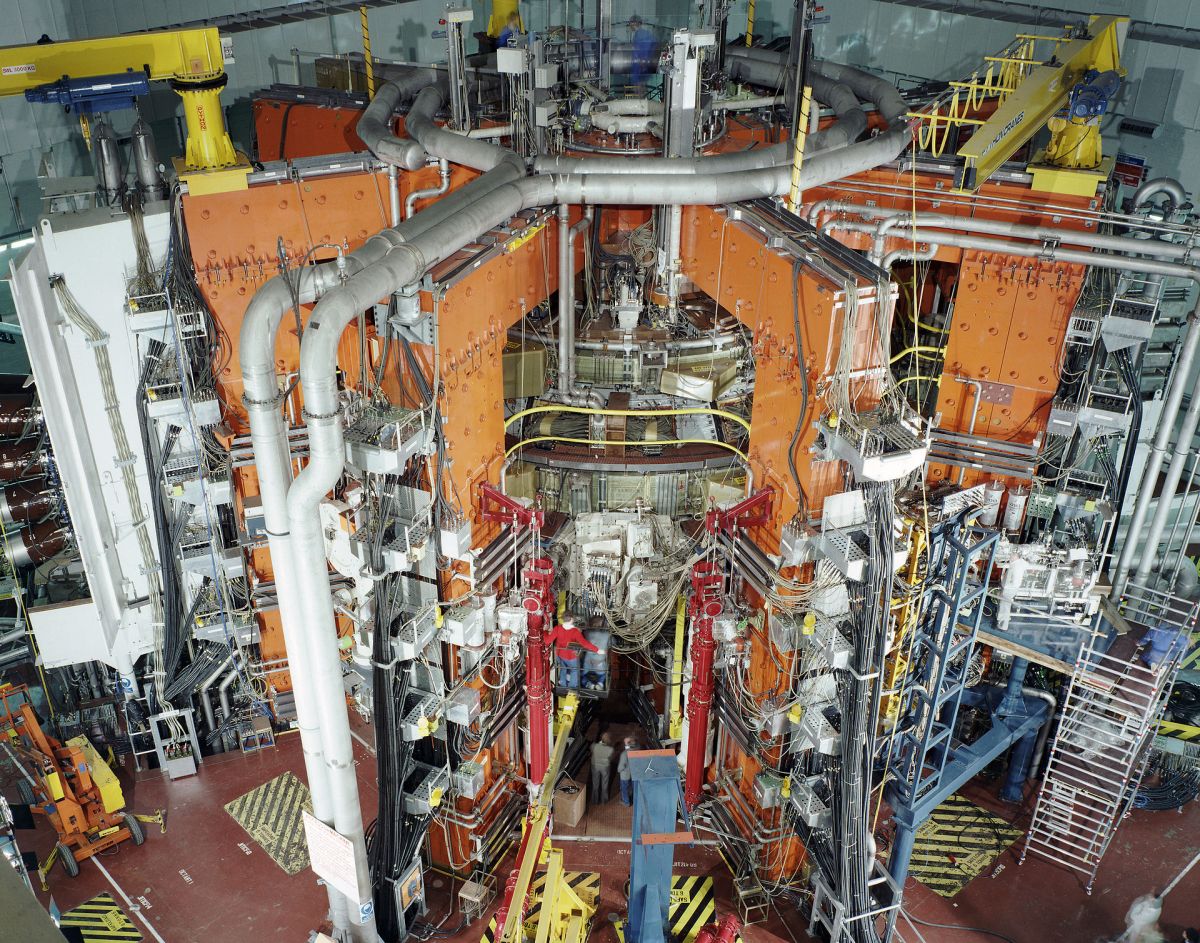Over the past hundred years, human activity has brought about a rise in global temperatures, more extreme weather patterns and a drastically changing ecosystem. The effects of climate change and environmental degradation can be harmful to human health, with consequences such as water and food shortages, rising sea levels and pollution.
The good news is that researchers develop new technologies everyday to combat climate change and mitigate its effects. Policies like the Paris Agreement prioritize the issue of climate change for many countries, and organizations like the Intergovernmental Panel on Climate Change provide access to a wide range of data detailing the extent of the damage. Although it is unlikely that the environment will ever revert to its original state, technological advancements can help reduce greenhouse gas emissions and keep temperatures down.
One of the foremost ways we can mitigate climate change is by developing large-scale sources of clean energy. Solar panels and wind turbines have been around for decades, but in order to meet the growing need for emission-free power, scientists and engineers are turning their attention to nuclear fusion.
Nuclear fusion in the sun, which occurs when high-energy atoms collide and fuse together, is the primary source of energy for all life on earth. Fusion produces no greenhouse gases or harmful waste and is far more energy efficient than fossil fuels. The fuel that powers nuclear reactors, hydrogen isotope nuclei, is virtually inexhaustible.
However, fusion reactions require conditions which are extremely difficult — and expensive — to recreate. The fuel must be heated to 180 million degrees Fahrenheit, and the reactions must occur in a controlled manner that does not damage the container in which they take place.
There are several experiments underway that seek to make nuclear fusion a viable energy source within the next few decades. The International Thermonuclear Experimental Reactor (ITER), currently under construction in France, is a fusion reactor called a tokamak, a machine consisting of a doughnut-shaped magnetic chamber. Inside the chamber, hydrogen gas is subjected to intense heat and pressure, causing it to transform into plasma and allowing fusion reactions to take place. Heat energy produced by the reactions is contained by the tokamak’s magnetic field and eventually harnessed.
Halfway across the world from ITER, a Canadian company called General Fusion is developing a magnetized target fusion system, a machine in which plasma is compressed by steam-powered pistons to produce the conditions for the fusion reaction. The generated heat is absorbed by a wall of molten lead-lithium, which is used to heat water that powers an electricity-generating steam turbine.
The electric vehicle industry is also trying to reduce carbon emissions from transportation. However, a major contributor to air pollution in many U.S. cities are hauler trucks — the 18-wheeled giants used to transport goods thousands of miles across the country — which are often too big to run on the same batteries as electric cars.
The German company Siemens is working to solve this problem by attaching specially designed trucks to metal wires that run the length of highways and supply electricity to the trucks.
Siemens is currently testing out these systems, called eHighways, in Stockholm and Los Angeles. In the U.S., installing the electric wire across a one-mile stretch of highway would cost $13.5 million, although the potential benefits to human and environmental health may make this an economically viable option in the future.

There is a host of technology available that seeks to prevent carbon emissions, but what if it were possible to extract the carbon dioxide already in the atmosphere? The Canadian company Carbon Engineering (CE) is trying to answer that question by developing direct air capture technology, which they hope will be ready for deployment within the next few years.
As air containing CO2 enters CE’s air contractors, it is absorbed by a solution and converted into solid pellets of calcium carbonate. The pellets are heated with natural gas and broken down into pure CO2, which can be captured and used. CE hopes to combine this captured CO2 with hydrogen to create a synthetic fuel.
This fuel, which can be used to power planes, trucks and other vehicles, is carbon-neutral, as the carbon it emits could be recaptured by the air-capturing system which created it. Theoretically, it could be recycled indefinitely. Moreover, the carbon emitted by the natural gas which heats the pellets can be captured by the system and converted to fuel as well.
CE has demonstrated that each facility of air contractors can purify one ton of CO2 and produce one barrel of fuel per day.
Although these massive-scale projects are years away from reaching the general public, scientists — as well as ordinary people — are making progress every day to reduce CO2 emissions and lessen the environmental impacts caused by human activity. Although the technological revolution may have been what led to climate change in the first place, we can use these technologies to reverse the damage and recover our planet.





